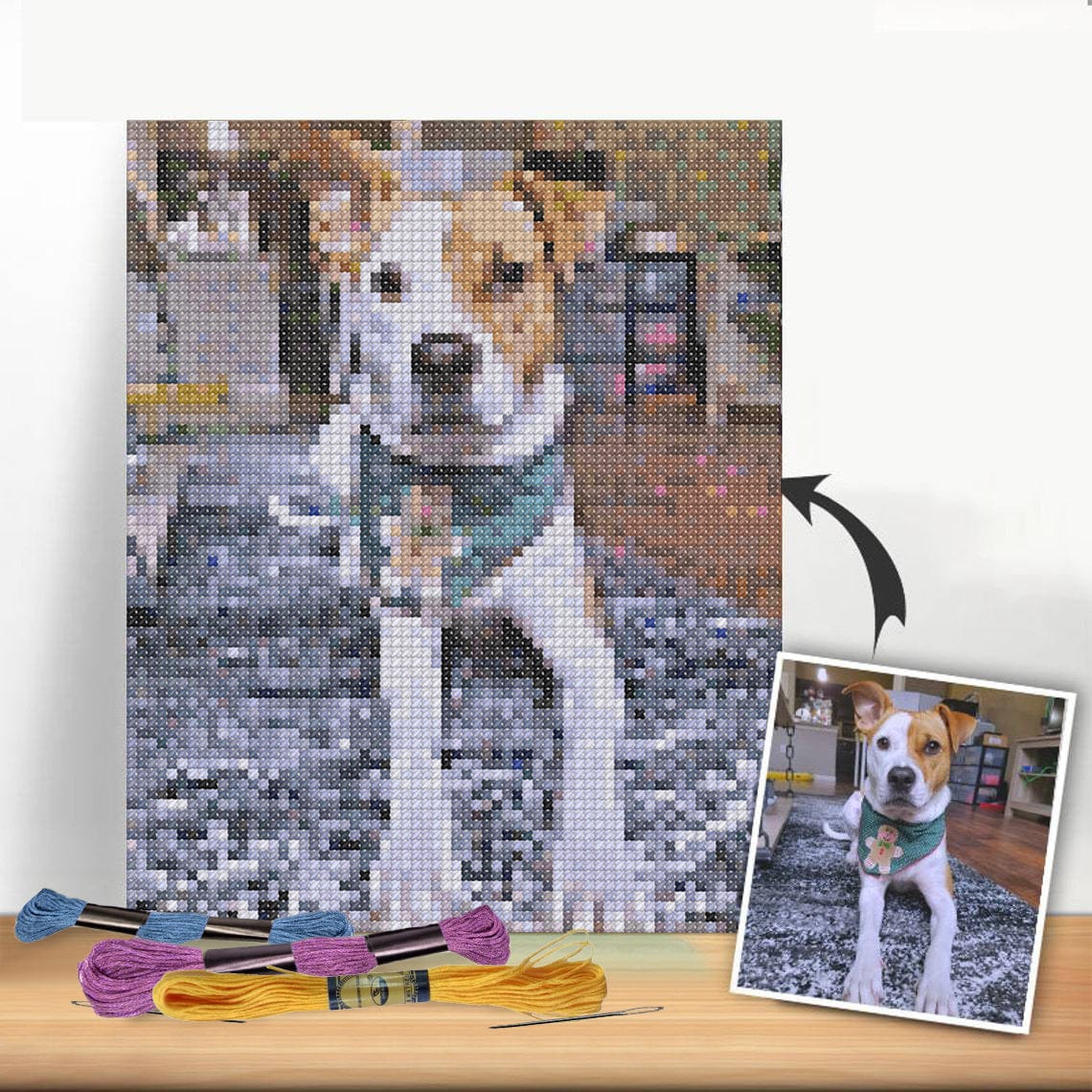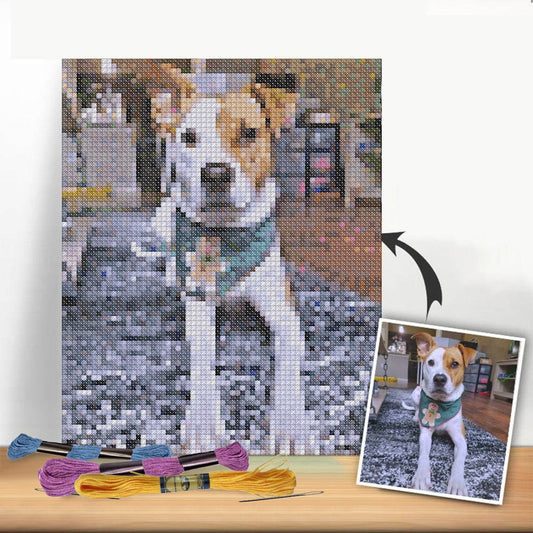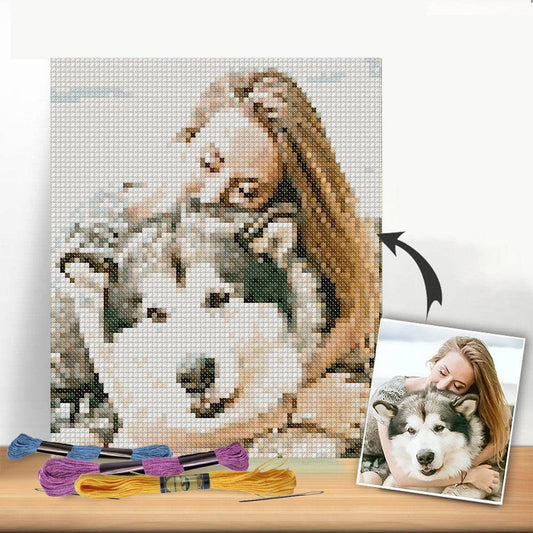Introduction
Embroidery is a beautiful craft that allows you to express your creativity through intricate stitching and colorful threads. One frustrating aspect of embroidery, however, is dealing with tangled embroidery floss. Knots and tangles can slow down your progress and make your embroidery project less enjoyable. In this blog post, we will explore how to master knot-free embroidery floss techniques to make your stitching experience smooth and effortless.
Understanding Embroidery Floss
Embroidery floss is typically made up of six strands of thread twisted together. Depending on the pattern or design you are working on, you may need to separate the floss into individual strands. To avoid knots and tangles, it's important to use the right technique when separating the strands. One common method is to gently pull the strand apart, rather than trying to untwist it. This will help prevent the strands from getting tangled.
Preventing Knots
One of the best ways to prevent knots in your embroidery floss is to start with a clean workspace. Make sure your hands are clean and dry before you begin stitching, as oils and dirt can cause the floss to tangle. Additionally, try to avoid pulling the floss too tightly through the fabric, as this can lead to knots. It's also helpful to use a shorter length of floss, as longer strands are more prone to tangling.
Loop Start Technique
The loop start technique is a popular method for starting your embroidery without needing to tie a knot. To use this technique, fold your floss in half and thread the two ends through the needle. Bring the needle up through the fabric, leaving a loop at the back. Then, bring the needle back down through the fabric, making sure to pass it through the loop before pulling the floss taut. This creates a secure starting point for your stitching without the need for a knot.
Traveling Stitches
When moving from one area of your design to another, it's important to use traveling stitches to prevent knots and tangles. To do this, bring your needle to the back of the fabric and weave it in and out of the stitches on the back before continuing to the next area. This keeps the floss secure and prevents it from tangling as you move around your design.
Conclusion
Mastering knot-free embroidery floss techniques can make your stitching experience more enjoyable and efficient. By understanding how to separate strands, prevent knots, use the loop start technique, and employ traveling stitches, you can create beautiful embroidery projects without the frustration of tangled floss. Practice these techniques and soon you'll be breezing through your projects with ease!




